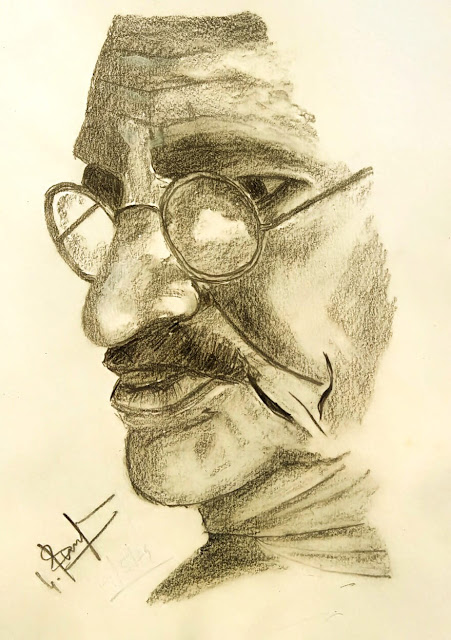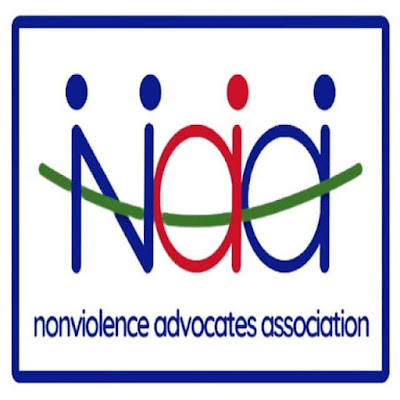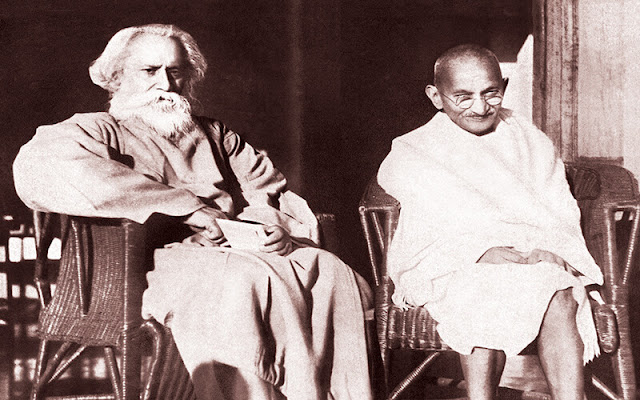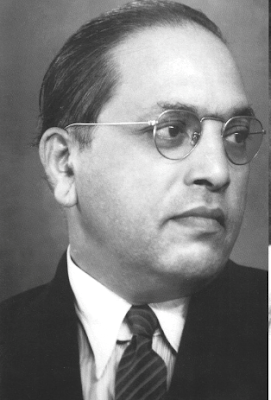
Three Pencil drawings dedicated to Mahatma Gandhi’s vision of Democracy By Susheel Kumar Gotla Susheel Kumar Gotla is a Hyderabad based artist who uses his pencil or brush when he is moved by certain ideas. He is very much concerned about eroding the values of democracy. He said “Over the past two months, there has been a cacophony of political noise emanating from various parties, with candidates engaging in mudslinging rather than addressing the issues faced by the less fortunate in our country.” In the midst of all these he channelized his mind reflecting on Gandhi's vision of "swaraj" for his motherland. He feels that every citizen should reflect upon it. After casting his vote in the morning he returned home to immerse himself in his artistic passion. He spent almost four hours creating three pencil portraits of Mahatma Gandhi. Democracy is an impossible thing until the power is shared by all, but let not democracy degenerate into mobocracy



